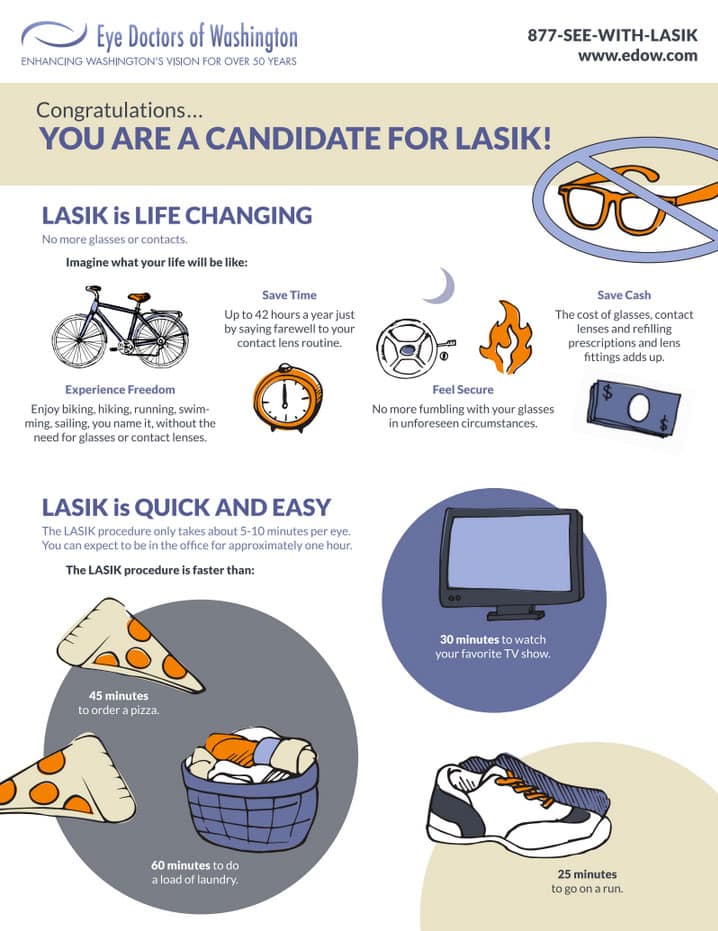Red Flags That Your Child May Required To See An Ophthalmologist: Parental Insights From Specialists
Red Flags That Your Child May Required To See An Ophthalmologist: Parental Insights From Specialists
Blog Article
Composed By-Bossen Morton
As a parent, you play a crucial duty in your youngster's wellness, especially when it comes to their vision. You might notice specific behaviors that might indicate a demand for an eye examination. Scrunching up your eyes, regular eye rubbing, or problems of migraines can be more than just minor aggravations. Comprehending these indications is necessary for your youngster's growth. So, what should you search for next? Let's discover the common symptoms that can indicate a vision trouble.
Common Signs of Vision Problems in Children
When you discover your child dealing with everyday activities, it could be a sign of vision issues.
Look for signs and symptoms like squinting, scrubing their eyes frequently, or tilting their head to see much better. If they have actually trouble reading or seem to lose their area often, that's one more indication.
You may additionally see them whining about migraines or experiencing eye pressure after extensive periods of analysis or making use of screens.
Additionally, if your child stays clear of tasks that call for good vision, like sporting activities or drawing, it's worth taking note of.
Expect any uncommon habits, as these indicators can point to underlying vision problems that need specialist examination.
Oval Glasses For Kids DFW can make a big difference in their aesthetic development.
Age-Specific Vision Milestones to Display
Every parent needs to keep an eye on their child's vision advancement as they expand.
At around 6 months, your infant needs to start tracking relocating items. By age 1, they need to have the ability to focus on and identify familiar faces.
In between 2 and 3 years, search for improvements in hand-eye coordination, like stacking blocks or tossing a ball.
By age 4, youngsters must be able to identify shapes and colors, and they might start to recognize letters.
If visit the next site deals with these turning points, it's essential to take note. Checking their progress assists you capture potential issues early, ensuring they obtain the vision treatment they require for a brilliant future.
Keep aggressive about their vision health!
When to Arrange an Eye Test for Your Youngster
Monitoring your youngster's vision growth is necessary, but understanding when to schedule an eye test is just as vital. The American Academy of Ophthalmology recommends your child have their first eye exam at six months old.
After that, schedule follow-ups at age 3 and once again prior to they begin college. If your youngster shows indicators of vision problems-- like squinting, trouble reading, or migraines-- do not wait on the next set up visit.
Furthermore, if there's a family history of eye problems, aggressive examinations are vital. Watch on any adjustments in their vision or behavior, and trust your instincts.
Regular check-ups can help capture prospective concerns early, guaranteeing your kid has the most effective opportunity for healthy vision.
Conclusion
Finally, remaining alert to your child's visual practices is vital for their eye wellness. If you see any type of signs like squinting, eye rubbing, or trouble with reading, don't hesitate to set up an eye examination. Remember, early detection can make a substantial difference in their aesthetic growth. Depend on your impulses as a parent, and ensure your child gets the care they need to thrive. Regular check-ups can assist keep their eyes healthy for several years to come.
